Finding places where animals live freely while still giving visitors the chance to observe them can feel like searching for a needle in a haystack. Many so-called “sanctuaries” are often just tourist traps that prioritize profit over animal welfare, yet real wildlife sanctuaries focus on rescue, rehabilitation, and conservation rather than entertainment.
These sanctuaries represent hope for countless species, while offering meaningful encounters with wildlife. Here’s a list of 15 wildlife sanctuaries that prioritize ethical practices and genuine conservation efforts.
Elephant Nature Park, Thailand
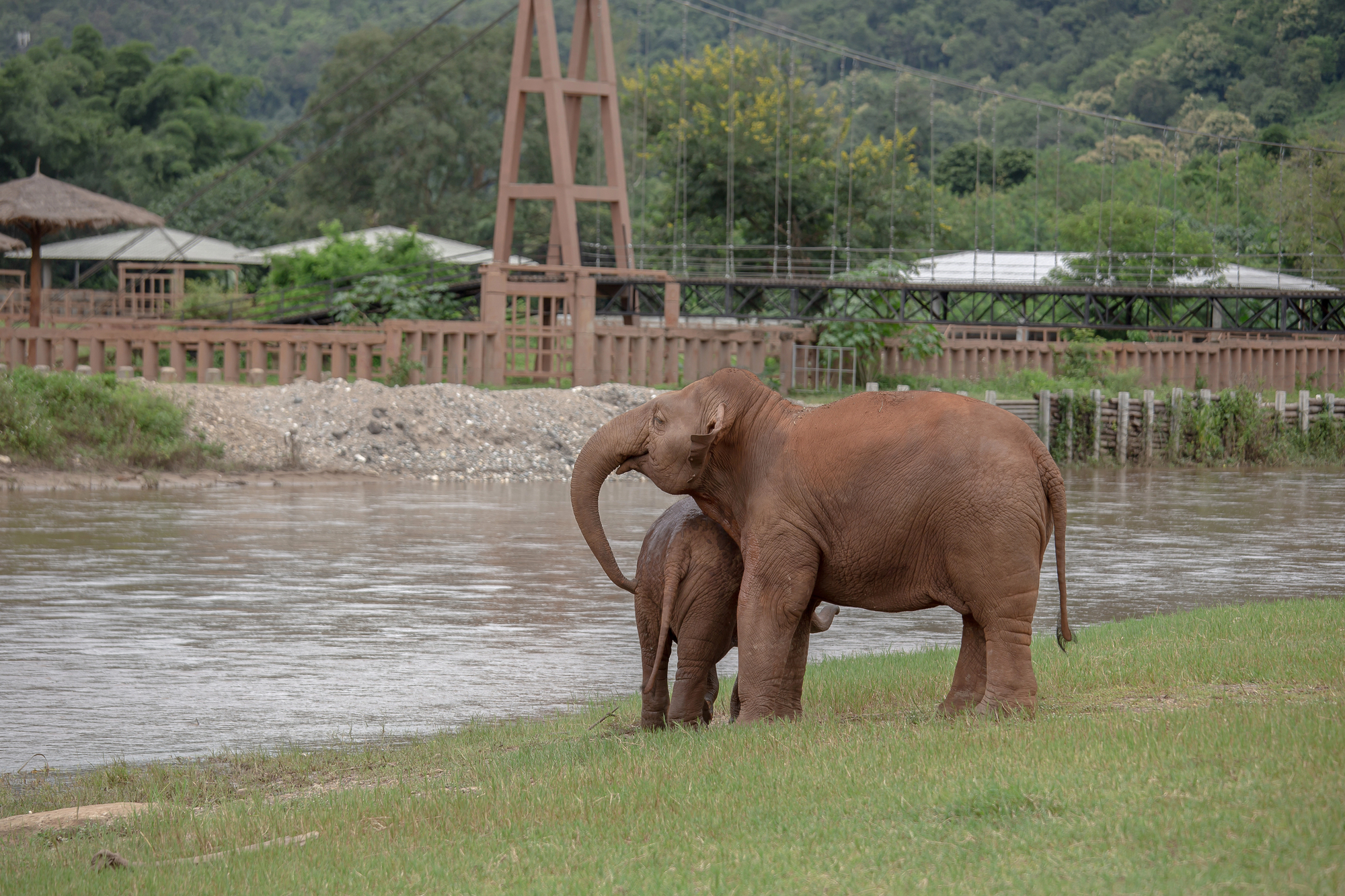
Located about 37 miles north of Chiang Mai, this sanctuary has become the gold standard for ethical elephant tourism. The facility rescues elephants from the logging and tourism industries — providing them with medical care and a chance to live in family groups.
Visitors can observe these gentle giants bathing in the river while they forage for food and interact with their herds, though there aren’t any forced performances or riding activities.
David Sheldrick Wildlife Trust, Kenya
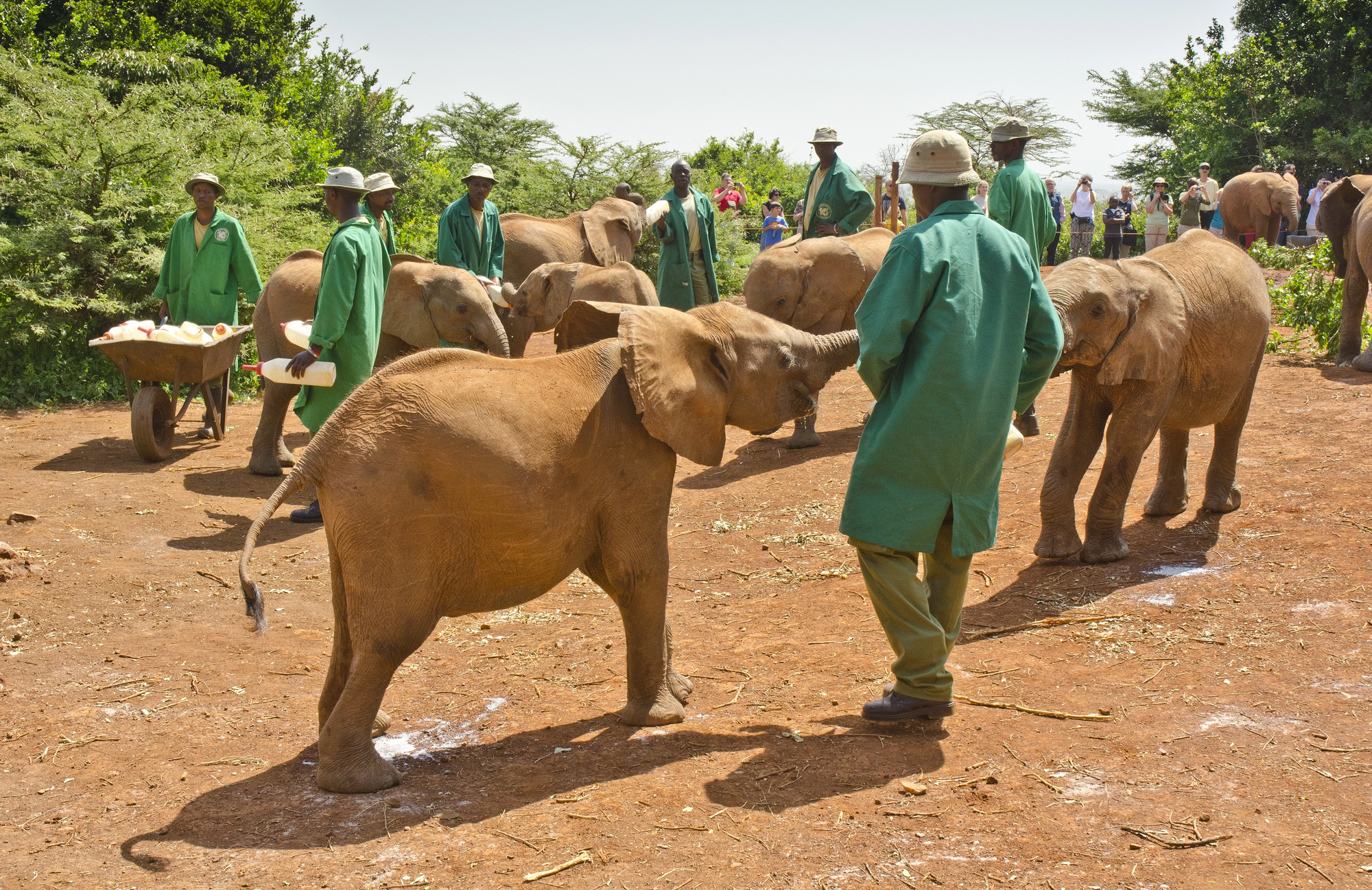
This Nairobi-based sanctuary specializes in rescuing orphaned elephants and rhinos. Most lost their parents to poaching, making the trust operates like a wildlife nursery with keepers providing round-the-clock care.
During daily feeding times, visitors watch the adorable antics of elephant calves as they learn essential survival skills from their human caretakers — until they’re ready for reintroduction to the wild.
Like Travel Pug’s content? Follow us on MSN.
Sepilok Orangutan Rehabilitation Centre, Malaysia
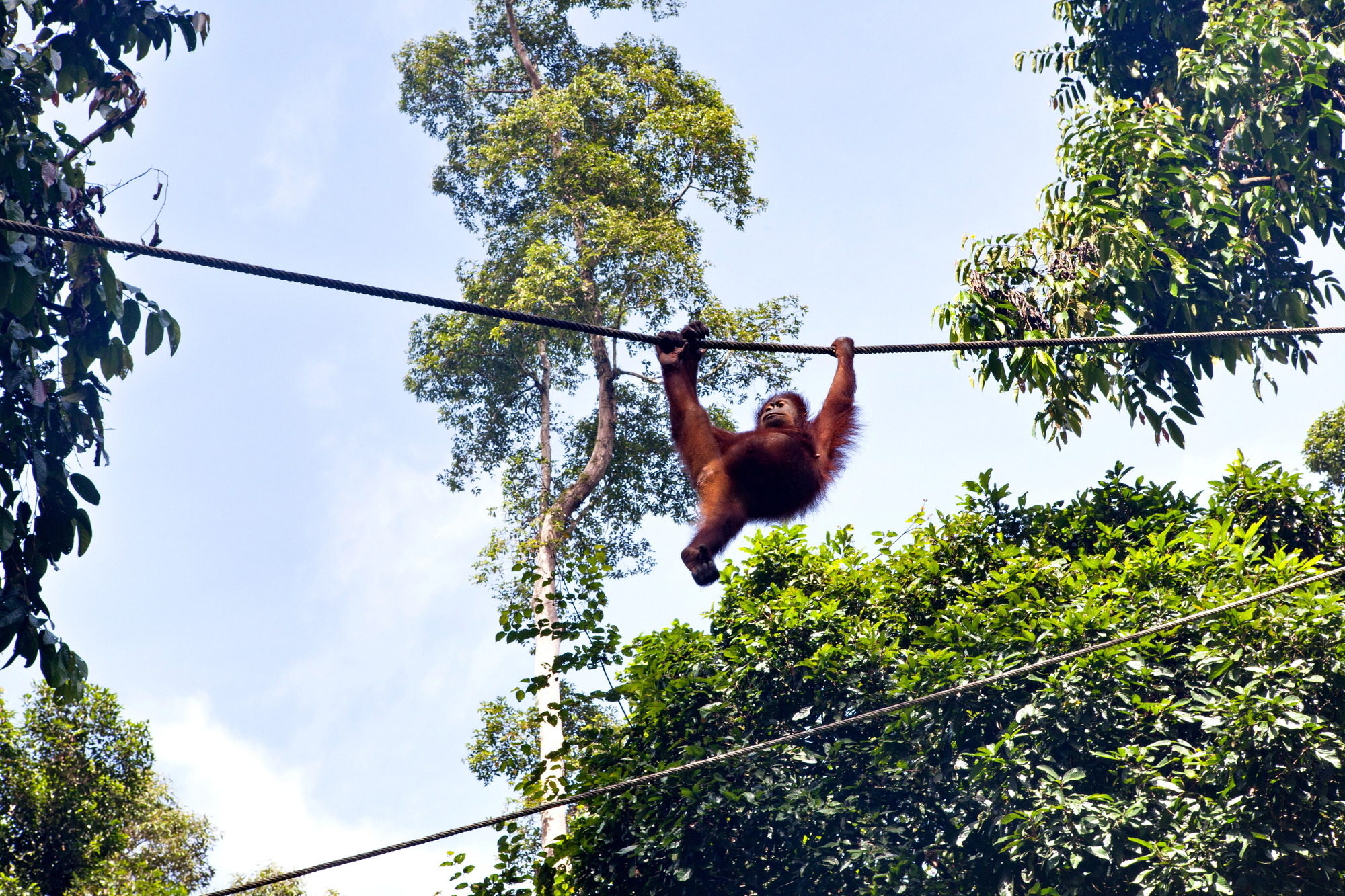
Nestled in the heart of Borneo’s rainforest, Sepilok has been rehabilitating orphaned and injured orangutans since 1964. The center teaches these intelligent primates how to climb and find food — plus build nests — before releasing them back into protected forest areas.
Visitors can witness feeding times from elevated walkways, watching as orangutans swing through the canopy with remarkable grace.
The Sloth Sanctuary, Costa Rica
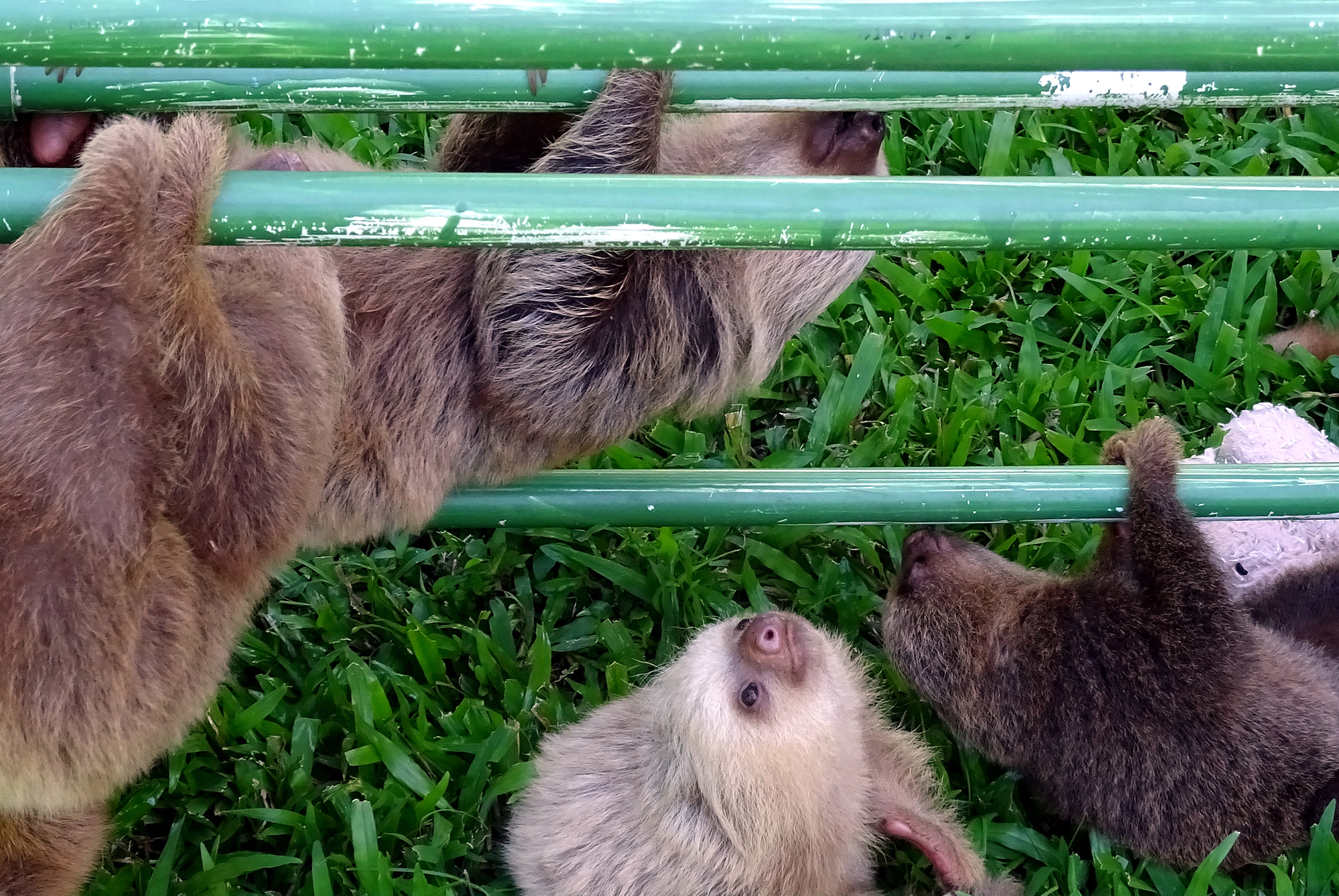
This intimate facility on Costa Rica’s Caribbean coast cares for injured and orphaned sloths while conducting vital research on these mysterious creatures. The sanctuary operates more like a wildlife hospital than a tourist attraction — most areas stay off-limits to maintain a stress-free environment for the animals.
Guided tours focus on education about sloth biology and conservation challenges, with occasional glimpses of recovering sloths in their natural habitat.
Samburu National Reserve, Kenya
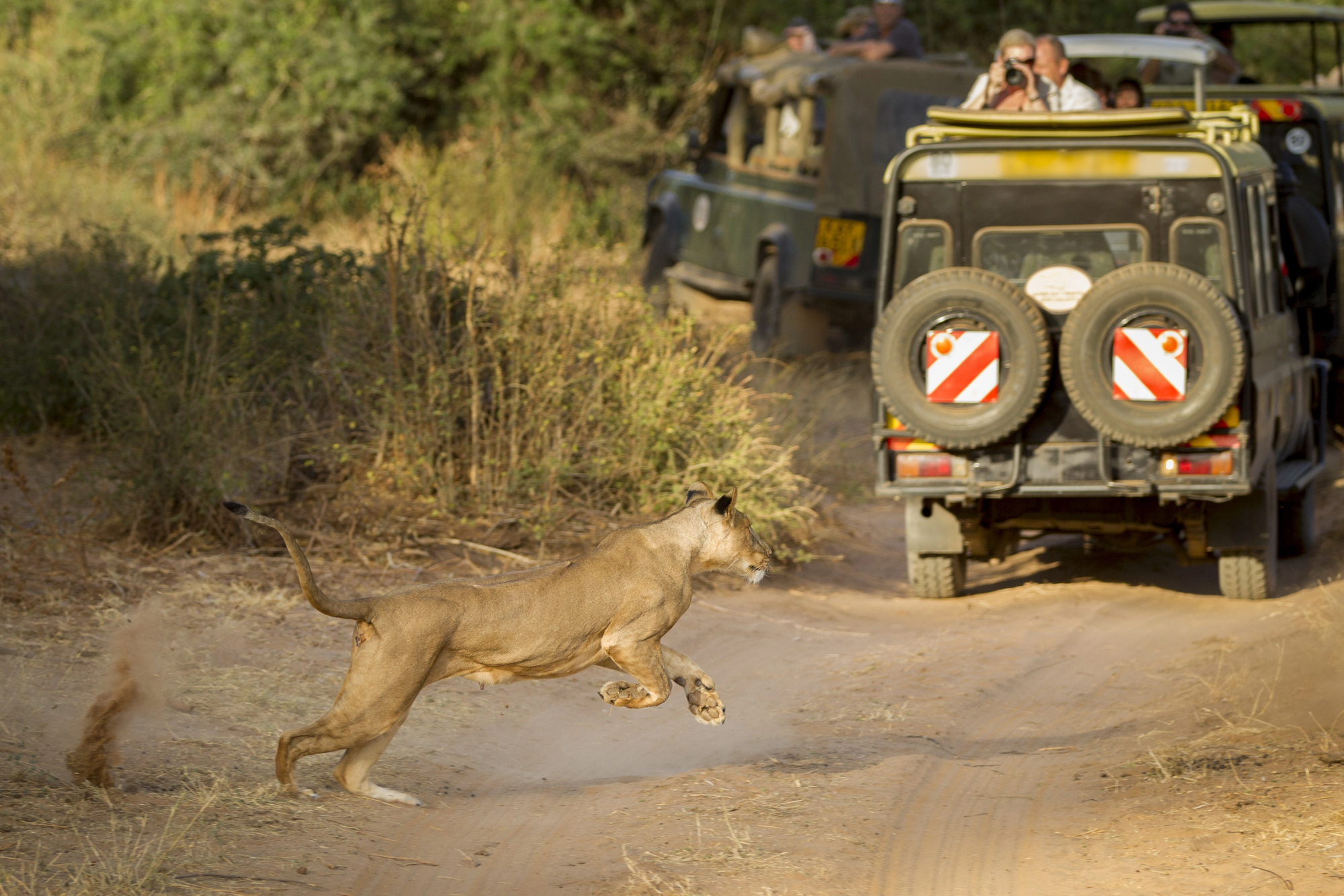
While technically a protected reserve rather than a traditional sanctuary, Samburu exemplifies ethical wildlife viewing in Africa. The reserve’s community conservancies ensure that local people benefit from tourism while protecting endangered species like reticulated giraffes and Grevy’s zebras.
Visitors can observe the ‘Samburu Special Five’ — unique species found nowhere else — while supporting conservation efforts that give communities economic incentives to protect wildlife.
Like Travel Pug’s content? Follow us on MSN.
Australian Reptile Park, Australia
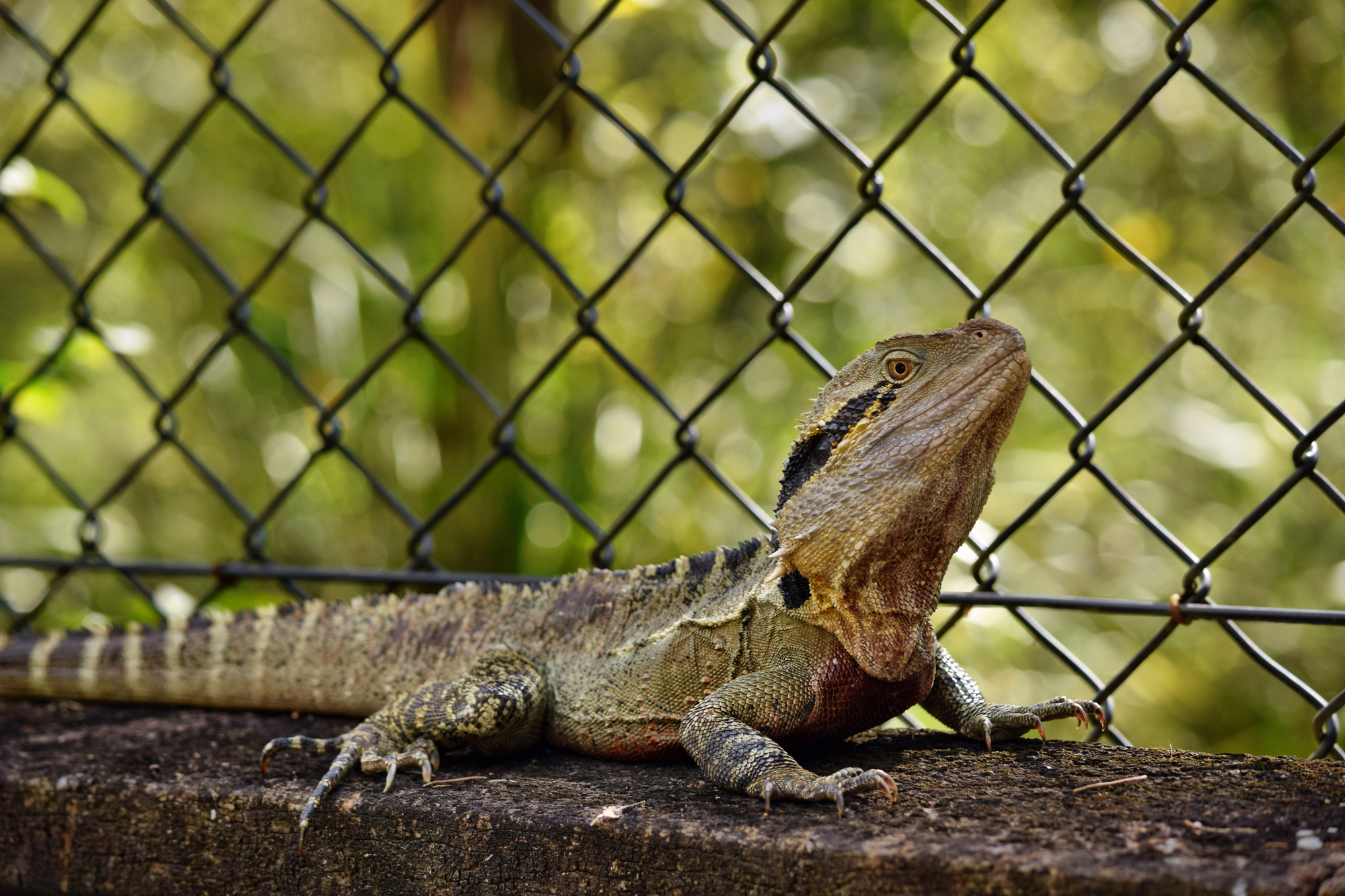
This conservation-focused facility near Sydney combines rescue operations with groundbreaking venom research that saves human lives. The park houses native Australian species in spacious, naturalistic enclosures while conducting important breeding programs for endangered species.
Their spider and snake venom collection helps produce life-saving antivenoms — making every visit contribute directly to both wildlife conservation and human medical advances.
International Crane Foundation, Wisconsin
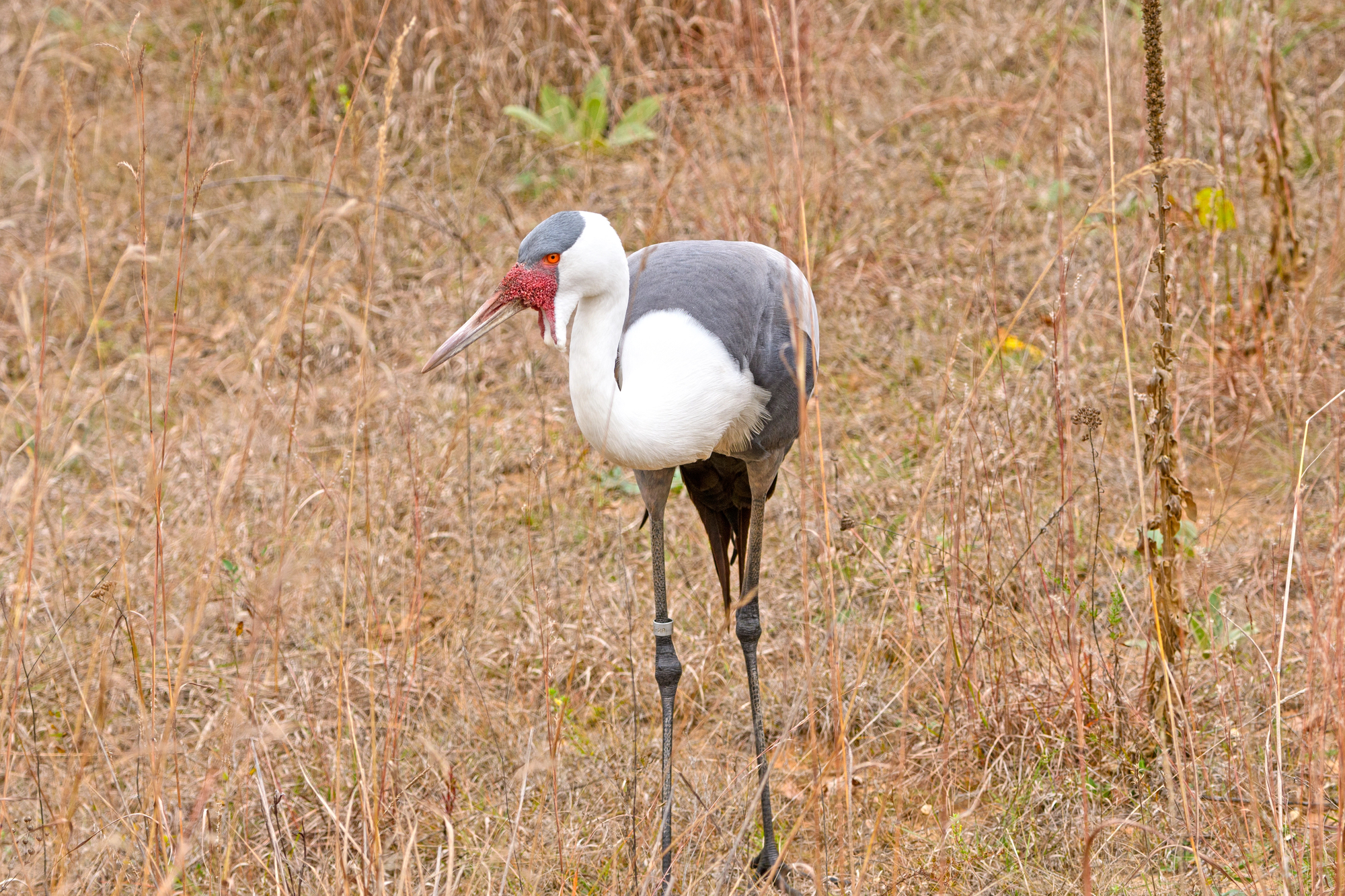
Situated on 200 acres of restored prairie and wetlands, this facility protects all 15 crane species worldwide. The foundation operates successful breeding programs while maintaining cranes in large, naturalistic habitats that mirror their wild environments.
Visitors observe these majestic birds displaying their elaborate courtship dances — plus learn about the cultural significance of cranes in societies around the globe.
Wolf Conservation Center, New York
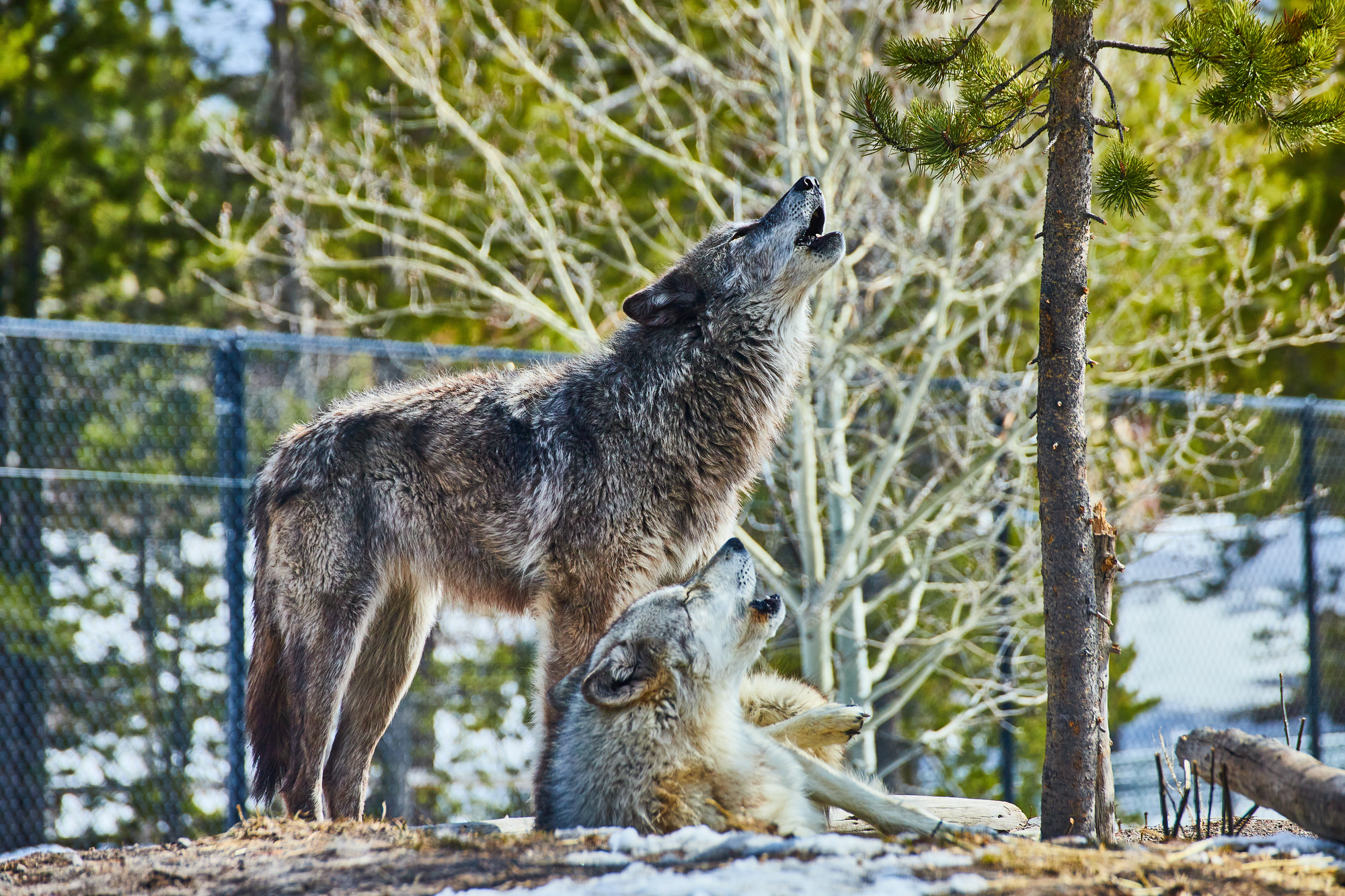
Located about 60 miles north of New York City, this facility focuses on protecting the most endangered wolf subspecies in North America. The center maintains wolves in large, forested enclosures where they can exhibit natural behaviors away from public view.
Wolf sightings aren’t guaranteed, though visitors leave with a deeper understanding of these misunderstood predators and their crucial role in maintaining healthy ecosystems.
Like Travel Pug’s content? Follow us on MSN.
Big Bear Alpine Zoo, California
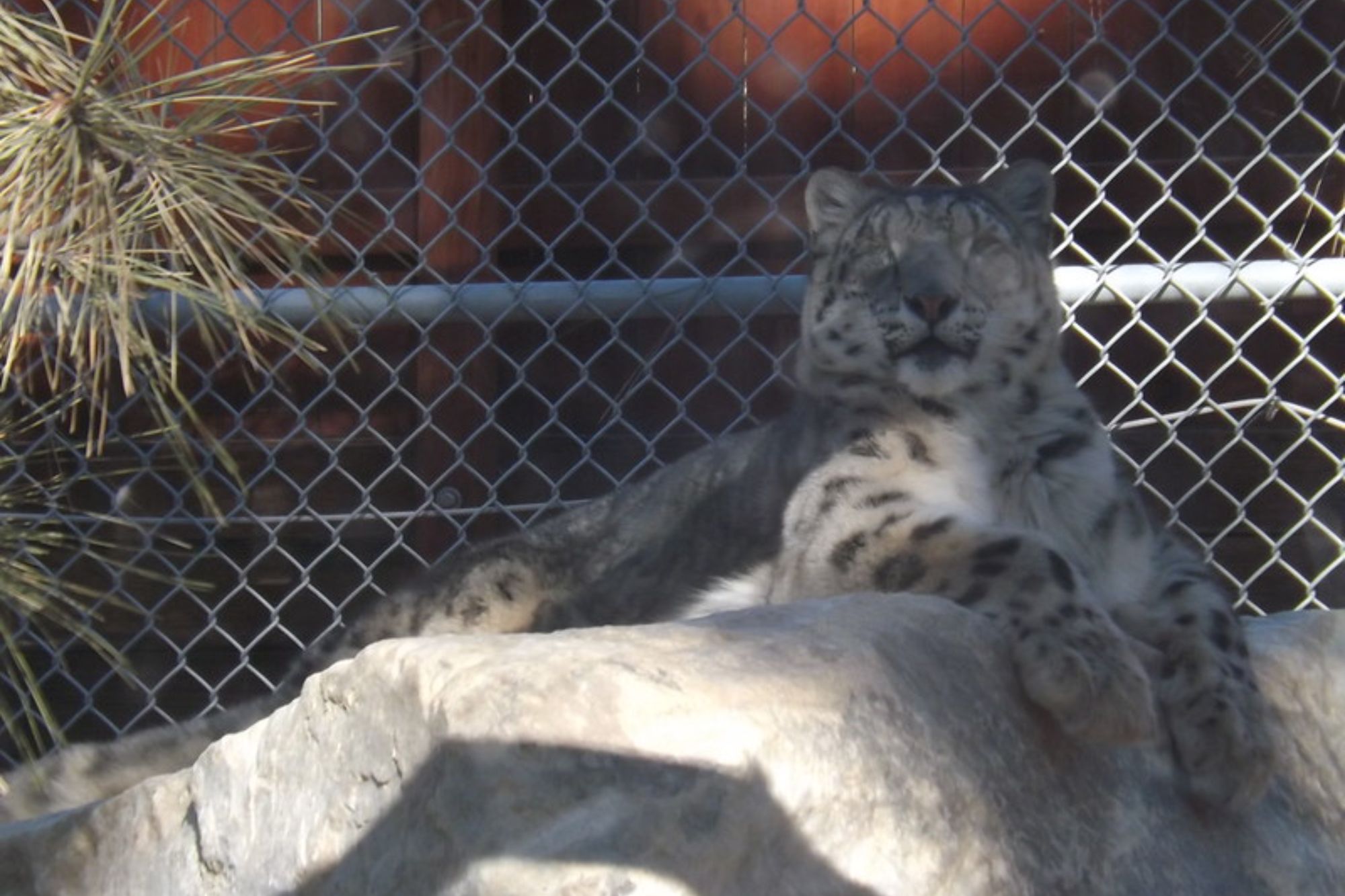
This high-altitude facility specializes in caring for animals that can’t survive in the wild due to permanent injuries or human imprinting. The zoo focuses on North American species — providing spacious habitats at an elevation of 6,750 feet in the San Bernardino Mountains.
Their rehabilitation program returns hundreds of animals to the wild each year, while permanent residents serve as ambassadors for their species through educational programs.
Florida Keys Wild Bird Rehabilitation Center, Florida
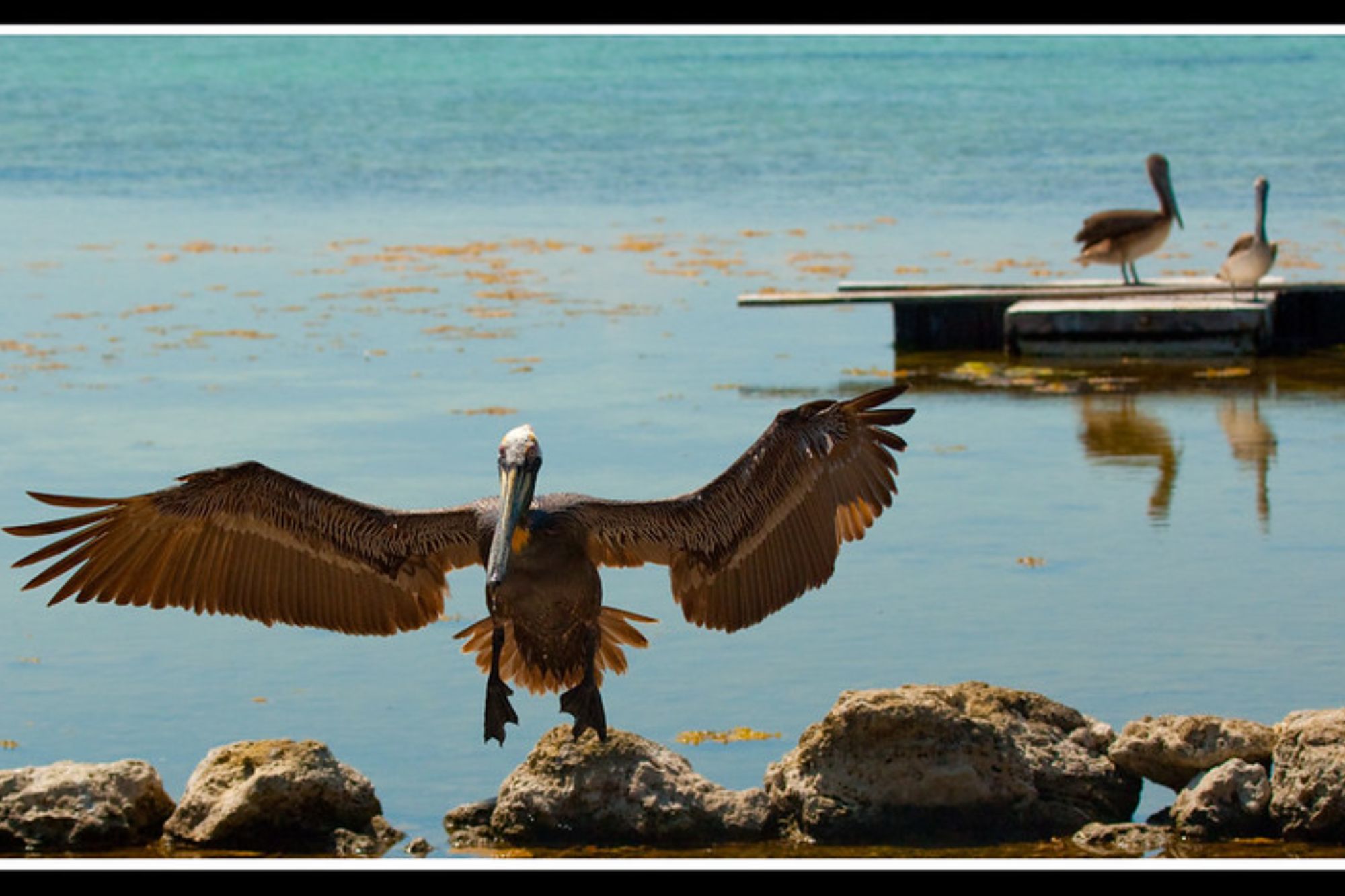
This no-frills facility in Tavernier focuses entirely on treating injured and sick wild birds before releasing them back to the wild. The center operates like a wildlife emergency room — with veterinary treatment areas and recovery aviaries designed for functionality rather than tourism.
Visitors can observe the rehabilitation process and learn about the threats facing birds in the Florida Keys, from boat strikes to fishing line entanglement.
Monkey World, England

This 65-acre sanctuary in Dorset rescues primates from the illegal pet trade, laboratories, and entertainment industries across the globe. The facility houses over 250 primates representing 20 different species in large, naturalistic enclosures that encourage natural behaviors.
Unlike traditional zoos, Monkey World focuses entirely on rescue and doesn’t breed animals for commercial purposes. Instead, they dedicate resources to providing lifetime care for traumatized primates.
Like Travel Pug’s content? Follow us on MSN.
The Marine Mammal Center, California
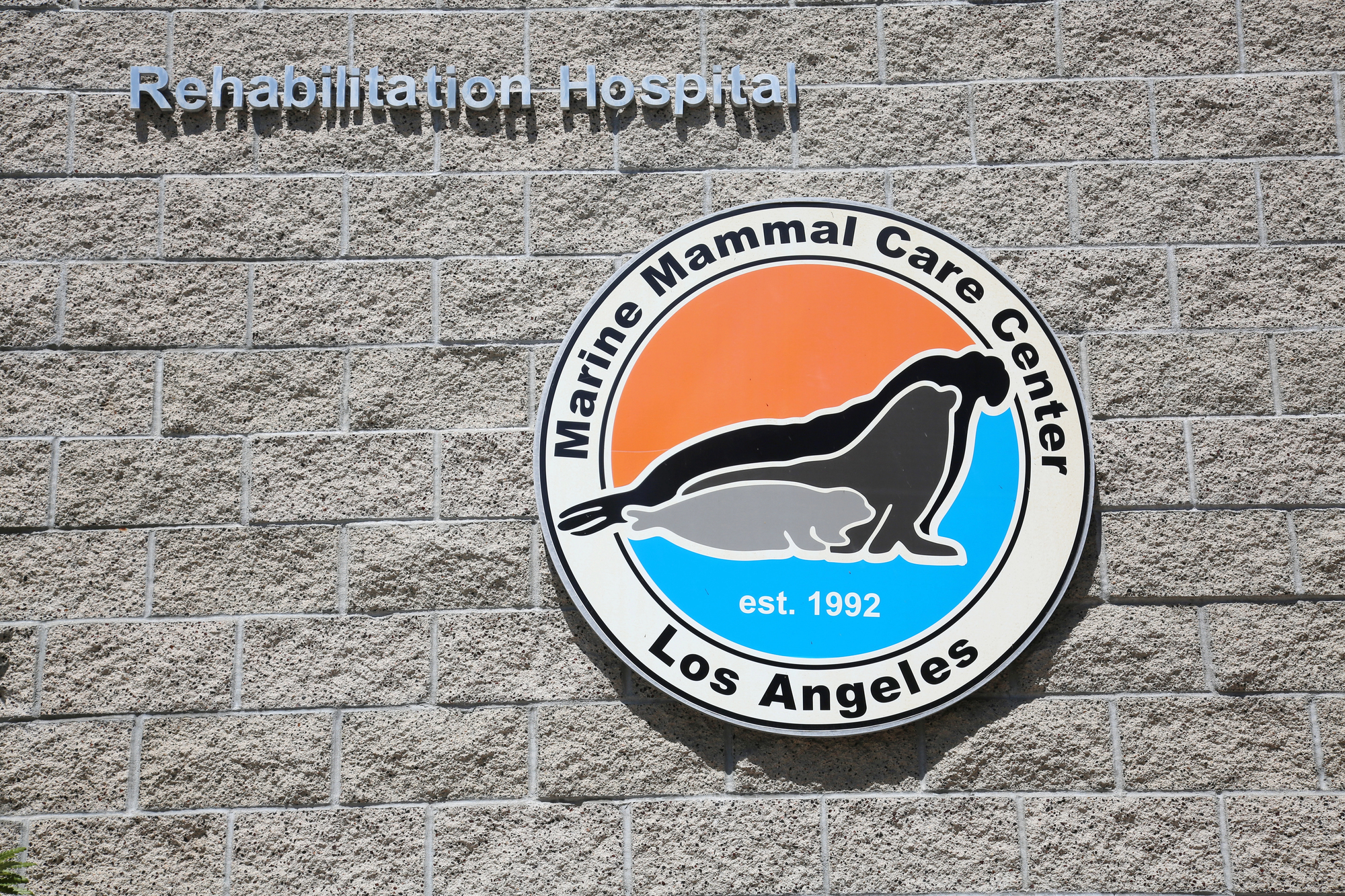
Perched on the bluffs of Sausalito with stunning views of San Francisco Bay, this facility serves as a hospital for sick and injured marine mammals. The center rehabilitates seals, sea lions, and whales before releasing them back into the ocean.
They treat everything from shark bite wounds to plastic ingestion while visitors observe the rehabilitation process and learn about the various threats facing marine mammals in increasingly polluted oceans.
Best Friends Animal Sanctuary, Utah
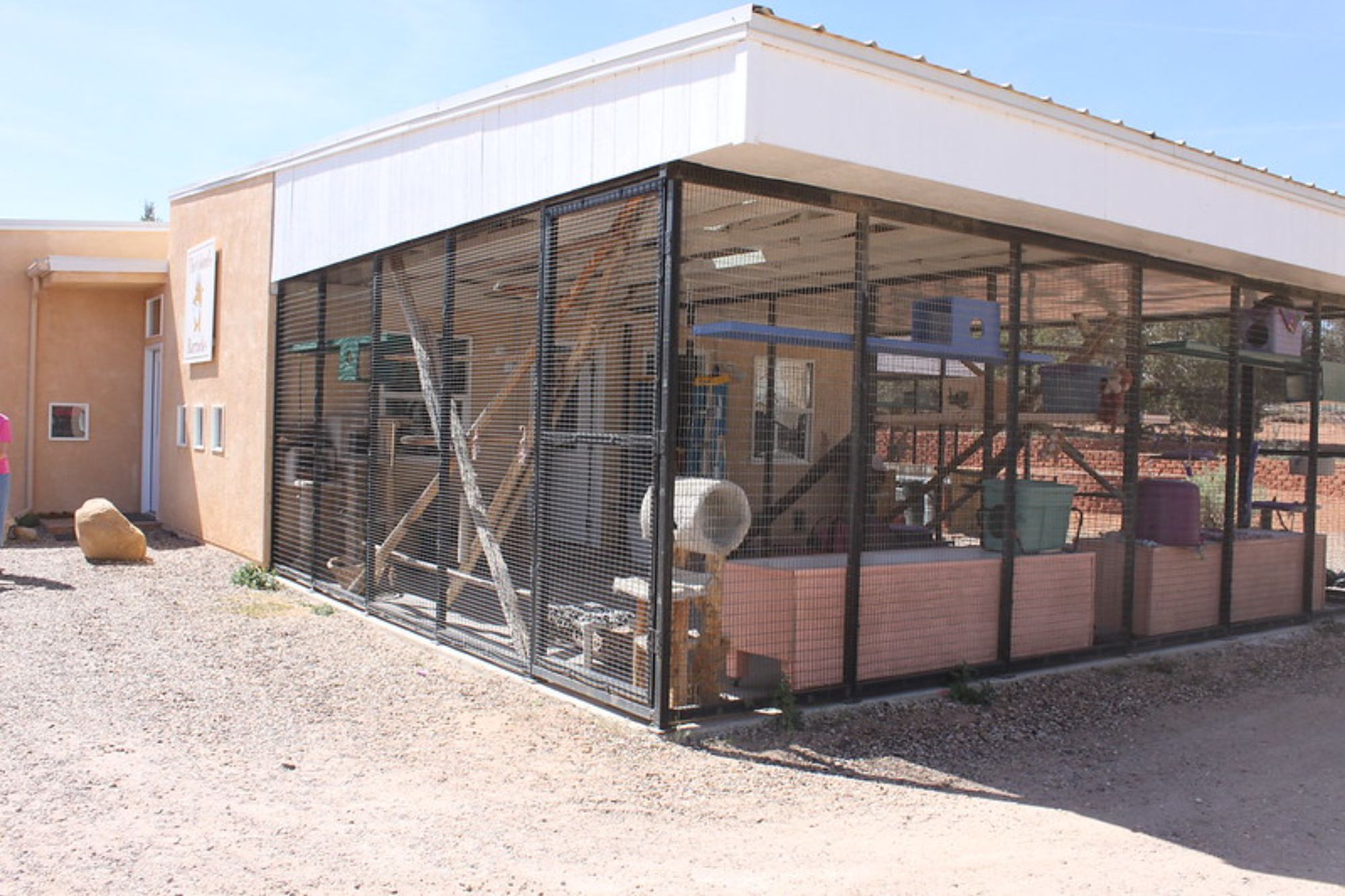
This sprawling 3,700-acre sanctuary in the red rock canyons of Utah focuses primarily on domestic animals but also cares for wildlife and exotic animals rescued from roadside zoos and private owners. The facility operates as a no-kill sanctuary, providing lifetime homes for animals that cannot be adopted or released into the wild.
Their wildlife section houses everything from pot-bellied pigs to wolves, all living in large, naturalistic habitats designed for their specific needs.
Belize Zoo and Tropical Education Center, Belize
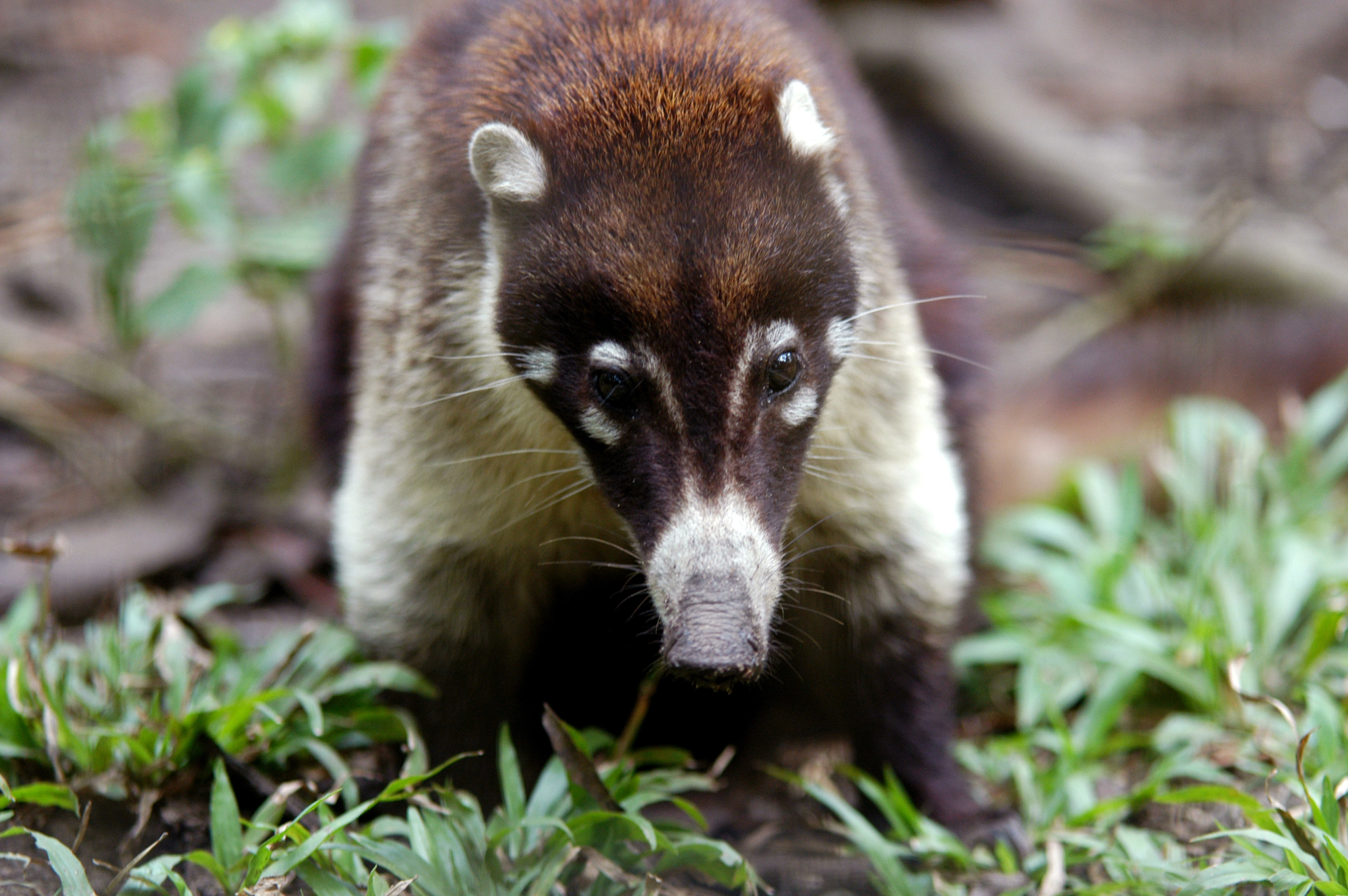
This compact facility houses only animals native to Belize. Most are rescues that cannot survive in the wild, yet the zoo operates with the philosophy that visitors should experience Belize’s incredible biodiversity without venturing deep into remote jungle areas.
Their conservation education programs reach thousands of Belizean children each year, fostering the next generation of conservationists in a country where wildlife faces increasing pressure from development.
Like Travel Pug’s content? Follow us on MSN.
Kangaroo Sanctuary, Australia
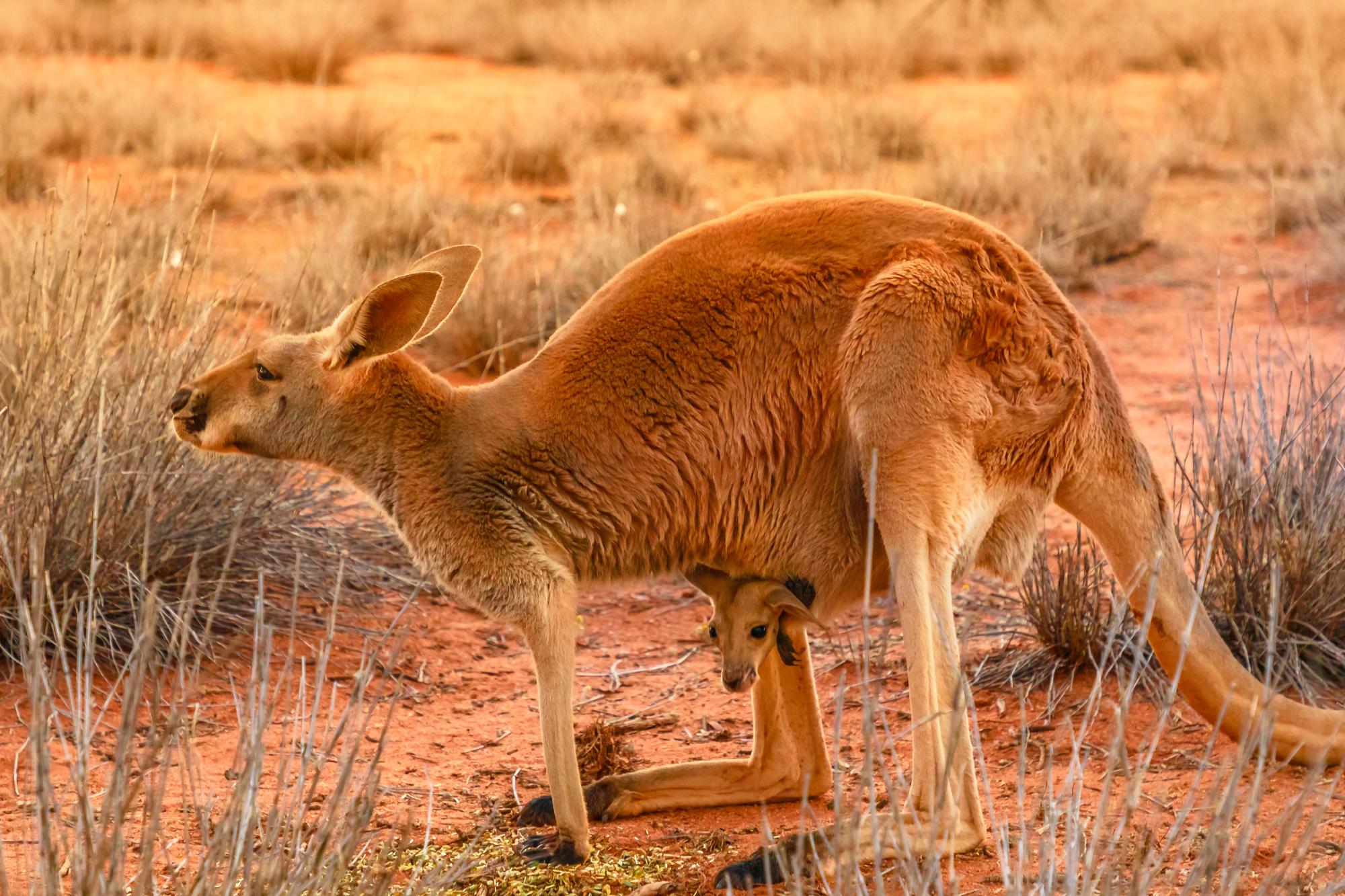
Located near Alice Springs in the heart of Australia’s Red Centre, this sanctuary rescues orphaned kangaroos and provides them with a second chance at life in the wild. The facility operates more like a large-scale wildlife rehabilitation center than a traditional attraction.
Rescued joeys live in large, natural enclosures until they’re old enough to survive independently, while visitors can observe the gentle interactions between caregivers and joeys and learn about the challenges facing Australia’s iconic marsupials.
Conservation in Action Today
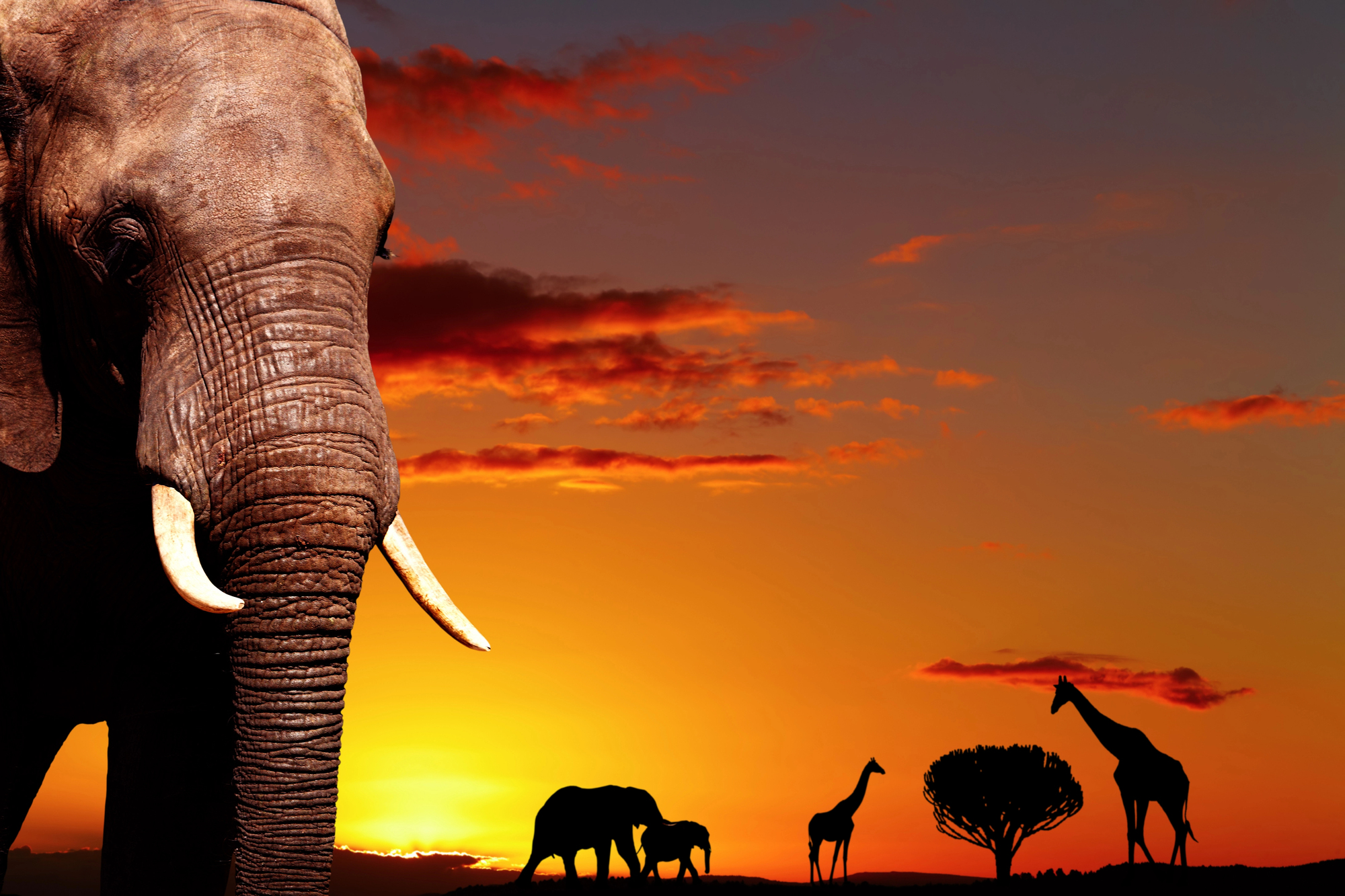
The work happening at these sanctuaries today builds on decades of dedication from conservationists who recognized that wildlife needed safe havens to survive human expansion. What started as small rescue operations have evolved into sophisticated conservation centers that combine cutting-edge science with compassionate care.
31These facilities prove that ethical wildlife tourism can fund meaningful conservation while educating visitors about the delicate balance between human development and wildlife survival. The animals living in these sanctuaries serve as ambassadors for their wild counterparts, inspiring visitors to become advocates for conservation in their own communities.
Supporting these sanctuaries through responsible tourism ensures that future generations will inherit a world where both humans and wildlife can thrive together.
More from Travel Pug

- Cities Growing so Fast You Won’t Recognize Them in 10 Years
- 13 Destinations Where Tourists Regularly Regret Their Trip
- 16 U.S. Cities That Are Quietly Becoming Travel Hotspots
- Where to Travel If You Love Long Bus Rides and Daydreams
- 20 Cities Perfect for Solo Travelers Who Crave Adventure & Culture
Like Travel Pug’s content? Follow us on MSN.
